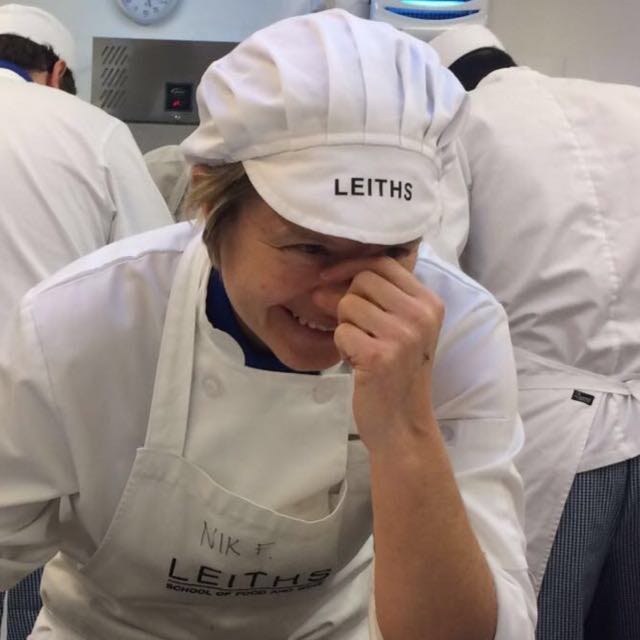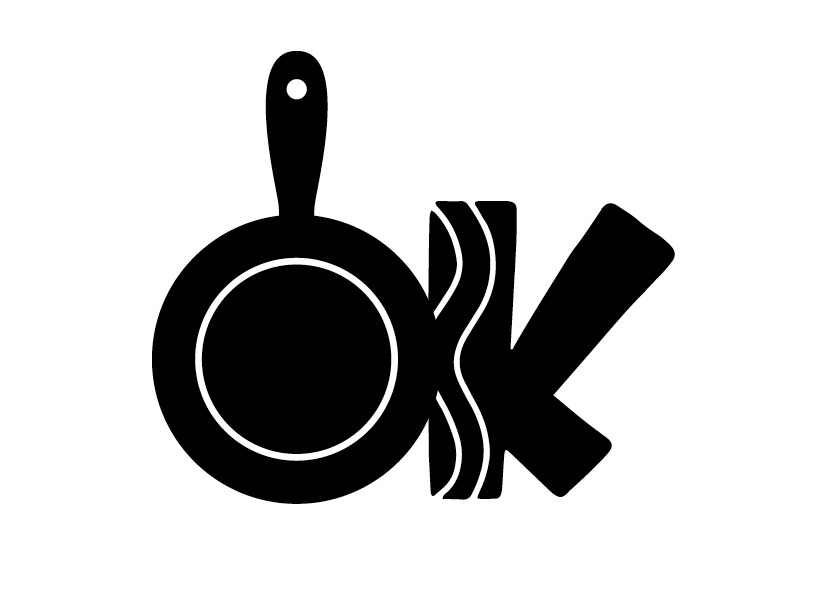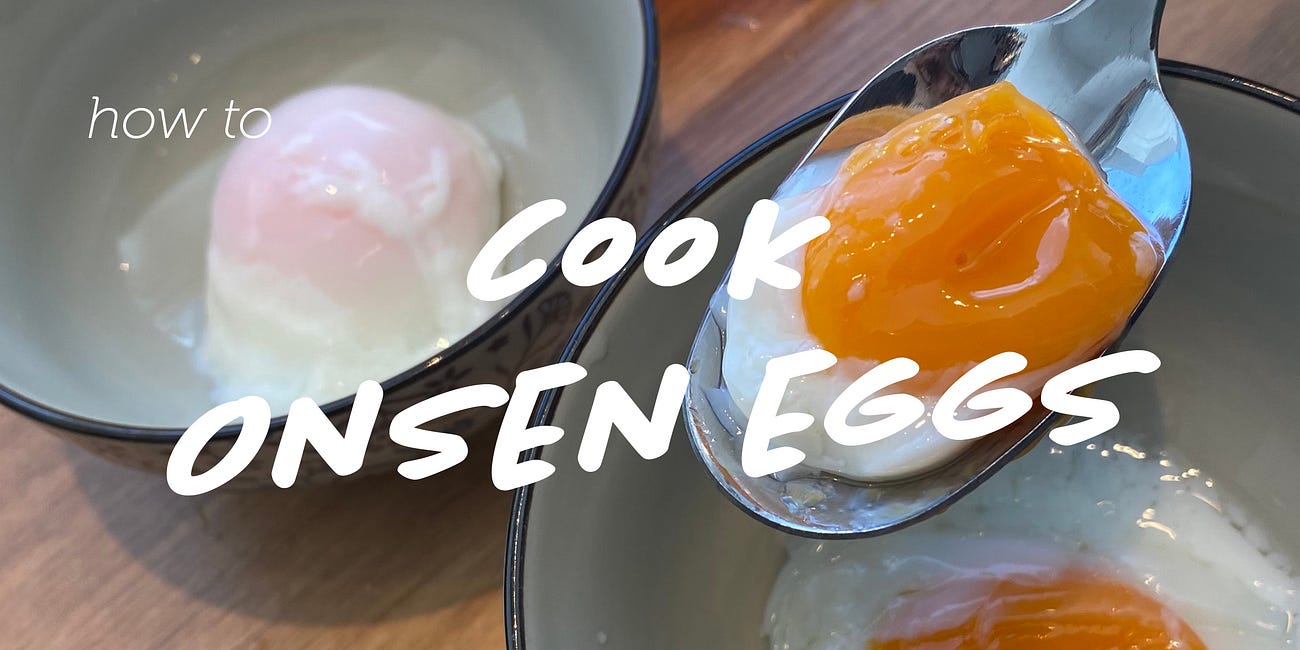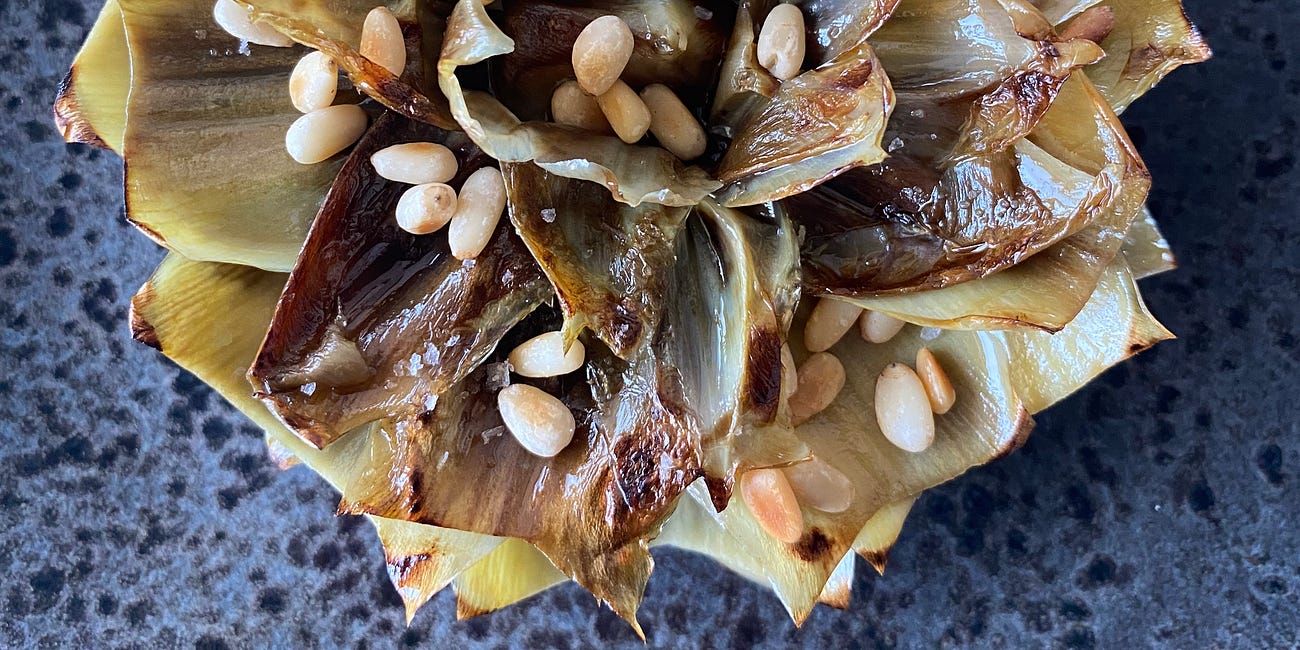I’m back in whites. But not a judogi this time. Nope. This is something brand new for me. And for it, I’m in chef whites.
I’m way too white.
Today is the first day of my first chef stage. Day 1 of ? (I don’t know, the goal is 100, but that depends on many things. More of all that later.)
And as I stand in the kitchens of El Monastrell – a one-star restaurant in Alicante – and I look around at the other chefs, I realise something is amiss: I’m way too white. My whites are too white. My apron is tied too carefully. My trousers too neat. I stand out like a big sore white thumb. But I hardly care.
I can barely contain the excitement. I’ve been searching for some years to find something to replace the buzz of being an Olympic judo athlete. Who would have thought that I would find it by working in a kitchen?
To understand any of this I need to take you back to the start, and the day we cooked a soufflé to order at Leiths; when I think it all began.
I never saw it coming, this chef thing.
I’d enrolled in a nine-month professional diploma course at Leiths Food and School of Wine looking for a new challenge, maybe a change in career. Becoming a chef was not on my radar.
When people asked me what my plans were after the course, my answer went something along the lines of ‘well there’s no way I’ll end up in a kitchen…’
I liked the idea of becoming a food stylist. Or maybe I could try my hand at food writing. At worst, I figured, I was going to come out of the nine-month course knowing how to cook.
But then came the day of the damn soufflé.
At some point, during the class, we are tapped on our shoulder. This is the signal that we are to begin making our soufflé. We have 15 minutes to produce it from scratch, and a two-minute window on either side of the deadline to deliver it to the table. More than two minutes late and we will have failed the test.
My tap comes, and I’m off. Oven goes on. Eggs are separated. Butter and flour into the pan. A white sauce is made. Ramekins are buttered. I check the clock. I whisk the whites. The clock ticks down. I mix. I pour, and I place my soufflés (ever so gently) into the oven, and now I hope. Will they have enough time to rise?
And as I wait for them to rise or fall, I realise I am smiling.
Adrenaline is rushing through my veins.
Life after being a top sportsperson is hard to get used to. You miss the tension of the arena, the daily drive, and motivation, the buzz when you win, the frustration when you lose. Well, it turns out that adrenaline tastes and feels the same.
No matter if you are delivering a soufflé to order or preparing for a judo contest the adrenaline rushing through your veins feels very much the same.
Chef Life
Parallels between chef life and sports life are quickly drawn.
The daily grind. Sacrifice. Routine. The search for self-improvement. Focus. Drive. Creativity. Technique. Not to mention the adrenaline rush.
Shortly after the soufflé short order, we had to do our first placement – a chef stage – and spend a week in a professional kitchen, working without pay.
I chose a week in El Monastrell, a kitchen near where I live in Alicante.
Allowed to do all sorts of jobs; I worked with liquid nitrogen, peeled lobsters, and prepped sea urchins, and by the end of the week, I was plating up for service.
On my final day, leaving the restaurant, I stepped out into the fresh early morning air, returning to the real world from a bubble of excitement and focus that had absorbed me for the last few hours. I pretty much knew then I was hooked.
And so it is that I find myself, today in a kitchen.
I’m back in El Monastrell in Alicante – a one-star restaurant owned by Maria José San Roman.
New, white and awkward. It’s in everything, in the way I stand, the way I hold a knife, and it’s in the way that I move around the kitchen.
And as hard as I try to disguise it, and blend in, I’m sure those who have been in the kitchen for any amount of time, can spot I’m a novice chef stagiare a mile off.
First job. Prep the langoustines.
Marcos takes the first langoustine and shows me how to turn it on its side and firmly with the heel of my hand to press and crack the shell before twisting its head off and tail off, making sure I pull its intestine tract out as I twist.
Marcos nods over to the crates on the countertop. About a hundred langoustine, some as long as my forearm, poke out of the crushed ice.
We get going. Marcos peels about five langoustine to my two. Now and then, as I twist the heads off, dark, red langoustine brain squirts over my chopping board and onto my jacket.
And just like that, my whites are no longer quite so white, the journey has begun.
Want to join me on this journey?
For the next 100 Days I’m staging in Spanish Michelin star restaurants. In the next episode, things get sharp. I learn how to retain all ten fingers and thumbs.
How to Prep Langoustine
Langoustine / Dublin Bay Prawns / Norway Lobster / Cigalas / Scampi.
Want to extract the body from a raw langoustine? These crustaceans are not so easy to peel as their softer prawn-like cousins. Here’s how:
More on Olympian Kitchen
How to cook the perfect Onsen Egg at home
THE ONSEN EGG may just be the perfect egg of all time. A creamy-extremely-jammy yolk and a buttery-yet-silky set white. The Japanese mastered the art of slow-cooking eggs thousands of years ago cooking them in hot springs called onsens. But you don’t need to go to Japan to cook the perfect egg…
Gut healthy Artichoke Flowers
I AM FINDING the life of recipe developing to be an eventful one. Yesterday, I presented Miriam with asparagus ice cream for breakfast (it got eaten!) and over this week between us, we have eaten 18 artichokes to get this recipe nailed. Good job, they’re healthy: My liver has never been in better shape.











Cool man! You’re now a foodie sensei🤣
hello